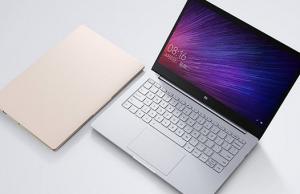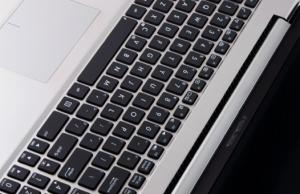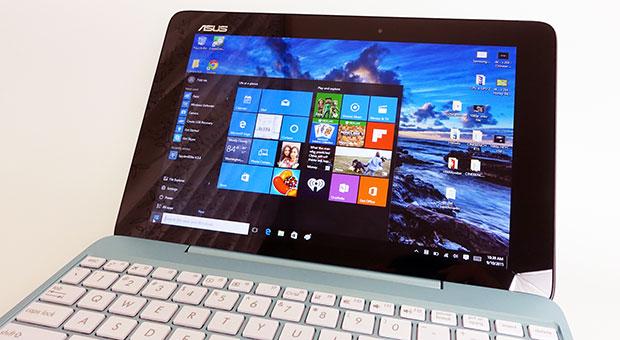Lenovo’s first take on an ultrabook is here now as well, the Lenovo U300S, part of their fancy IdeaPad U series. You’re probably familiar with the line, as Lenovo had the U260 launched a while ago, but this one takes the ultra-portable concept a bit further and alings all the needed requirements for the “ultrabook” badge.
On the exterior, the U300S still keeps that book-like shape but the case is now made from aluminum. I for one fancy a lot the minimalistic design, with as few intrusive elements as possible. The version showcased at IFA came with a Graphite Gray finish, but there’s also going to be a Clementine Orange option for those looking to add a bit of extra color to the mix. Still, that’s a limited edition that will only be reserved to a bunch of early adopters, according to Lenovo.
The Lenovo U300S leans the scales at 2.95 pounds and measures about 0.6 inches, which is in fact a bit slimmer than the Air and pretty much on par in terms of weight, but both are outmatched by Toshiba’s Portege Z830, also announced earlier today. Of course, all these laptops are 13.3 inchers and the U300S as well boosts a 13.3 inch display, with 1366 x 768 px resolution and unfortunately a glossy finish.
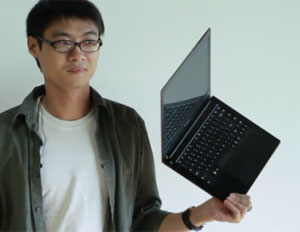
Thin and light, like a true ultrabook
Opening the lid you’ll get a nice looking isolated keyboard, with full-size keys and plenty of space between them. There’s also a huge glass trackpad with integrated buttons and multi-touch gestures support, so the interior definitely looks inspired from Apple’s anorexic notebook. The keyboard is not backlit though, but Lenovo brings this new innovative design that will make the entire system run cooler: there are no cooling vents on the bottom of the device, so you can easily use it on your bed or sofa, as air is sucked through the spaces around the keys and then pushed out through the vents on the side and in the screen’s hinge.
Inside, the U300S comes with Intel ultra-low voltage hardware by default, with options for Core i5-2467M and i7-2667M processors, 2 to 4 GB of RAM, Intel HD Graphics chips and SSD storage as standard, with either 128 or 256 GB options. With SSD and Intel’s TurboBoost activated, the U300S should booth in about 10 seconds, which is indeed blazing fast.
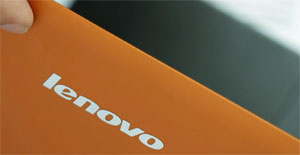
An Orange limited edition available for early buyers
In terms of ports and connectivity, the U300S brings all the things you would need, including HDMI, Bluetooth, Wireless N and USB 3.0, plus WiDi, for wirelessly streaming digital content and outputting it on compatible screens.
The guys at Lenovo also suggest around 8 hours of life for the U300S, but expect probably around 5-6 in real-life. Still, that’s good from a compact and powerful device, not to mention that there’s a fast-charge option that will charge 50% of the battery in only 30 minutes (with the other 50% taking probably around 2 hours to complete).
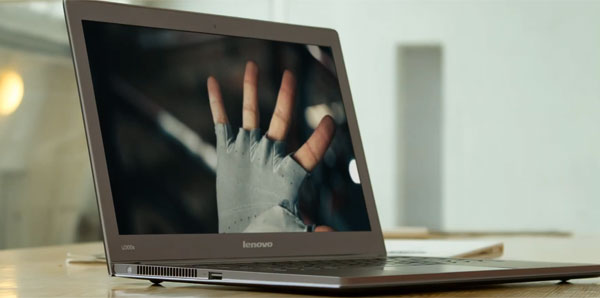
Lenovo U300S - fancy and powerful, but quite pricey
The Lenovo U300S should be available in stores by late October and prices will start at around $1200, but they can rapidly grow for the top versions. A bit steep if you’d ask me, luckily this won’t be the only ultrabook on the market by the end of the year and competition should drive prices down.
That’s it for now, but we’ll update once we get more details on the Lenovo U300S or other ultrabooks. In the meantime, check out some of the videos below, an add for this laptop and some hands-on clips from IFA Berlin.

